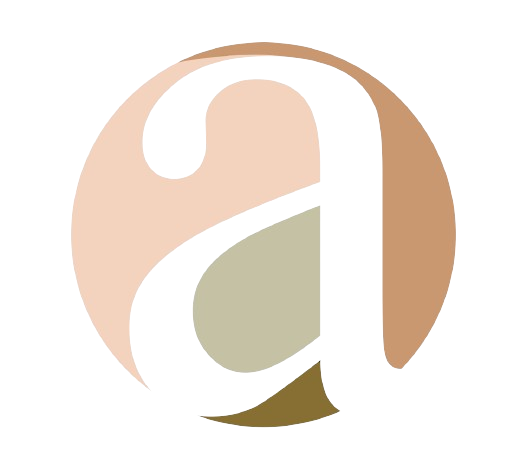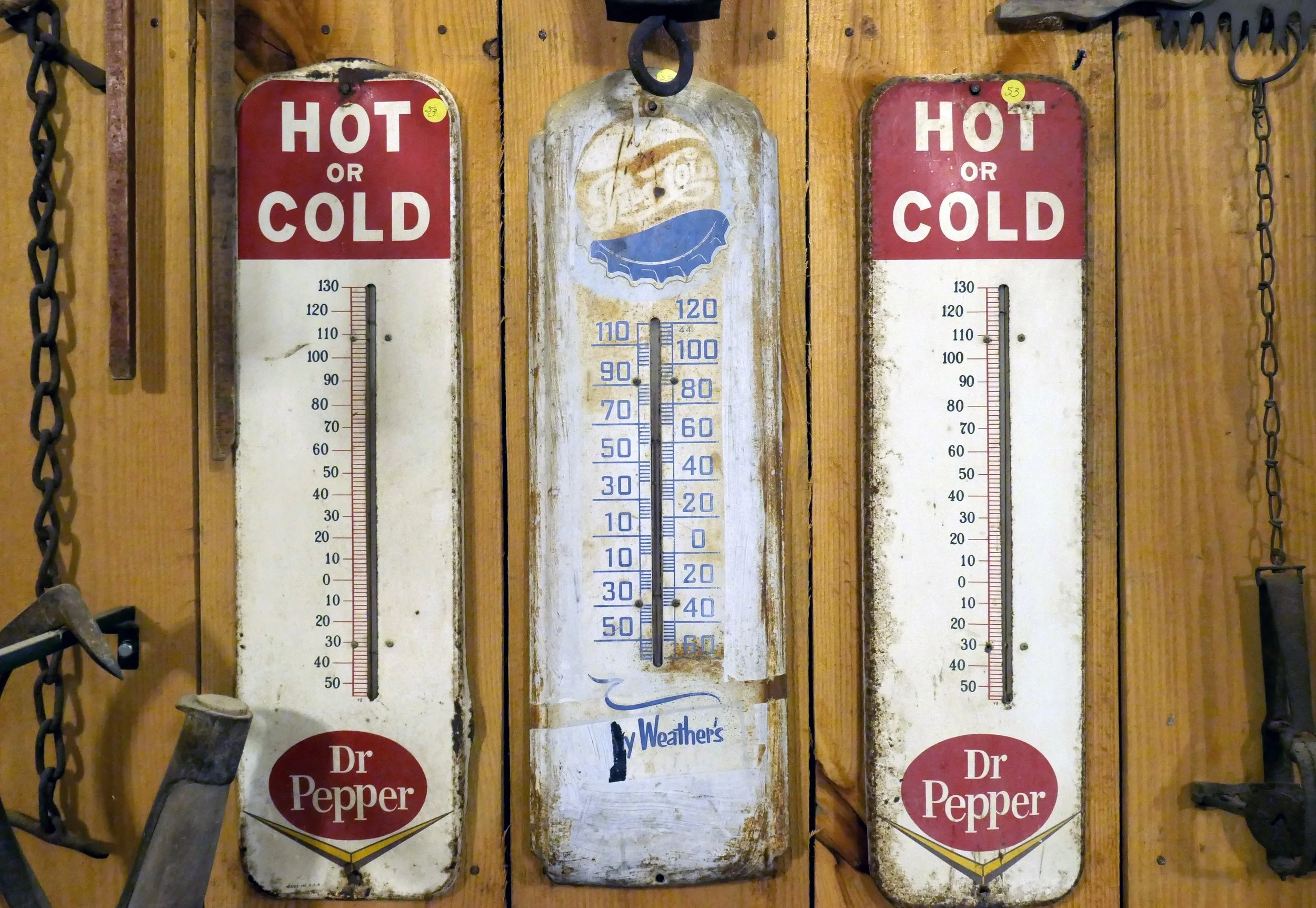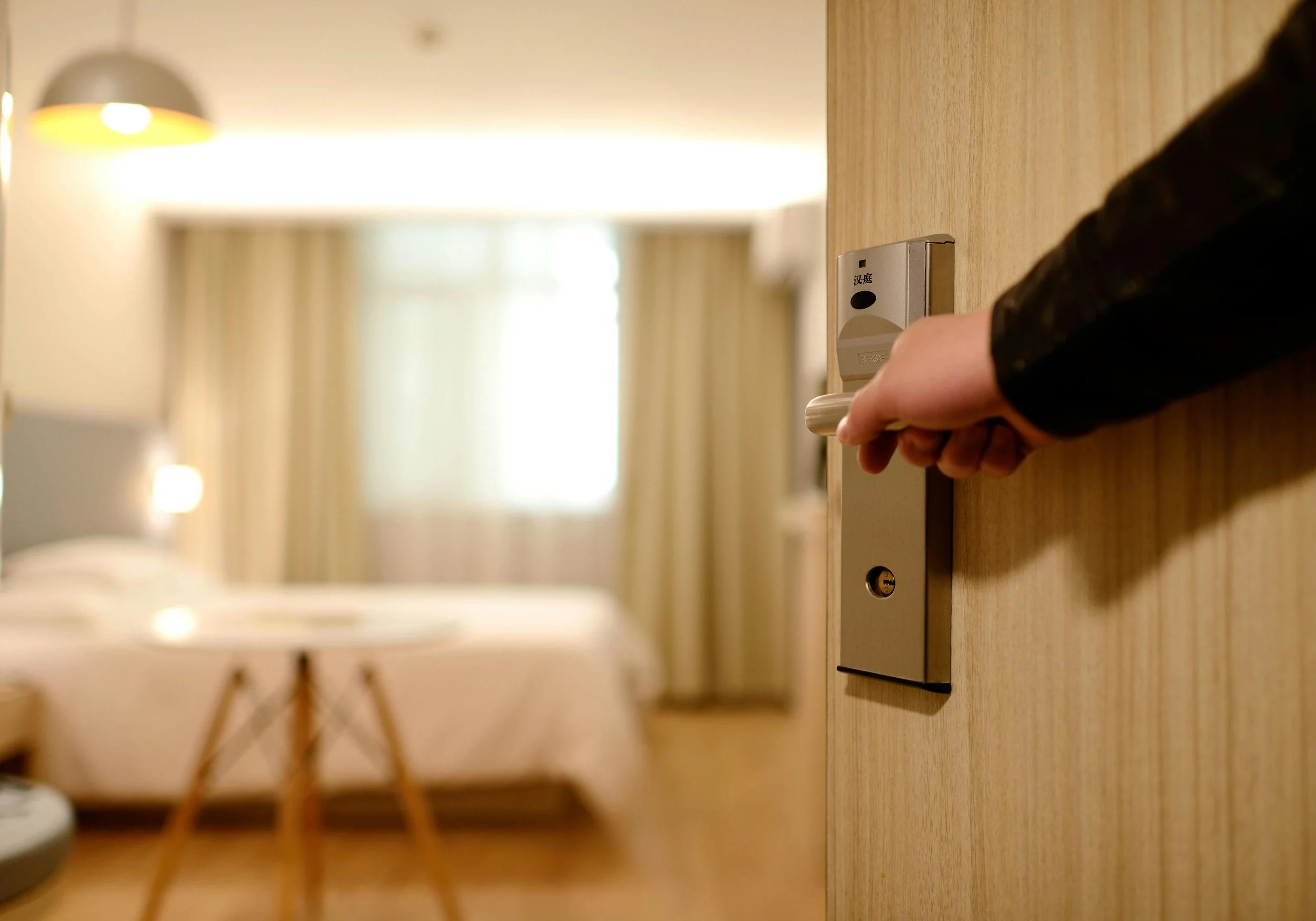How Can A Temperature Monitoring System Be Used In Your Business?
There are more applications for temperature monitoring and control than you may expect. Storage of food and regulating heating, ventilation, and air conditioning systems are obvious examples. Additional industry-specific applications include monitoring soil temperature to maximize crop yields or ensuring that medications and medical devices are stored at temperatures that are safe.
Here, we look at just a few ways in which a temperature sensor device, such as the ones on this page, can be used within a business.
Food and catering
Maintaining the correct temperature is essential for food and beverage producers and processors as well as caterers, restaurants, breweries, and dairy facilities. It helps to keep facilities safe and compliant, maintains efficiency and minimizes waste; it also helps to keep costs down.
An extensive range of food preparation and storage applications use specialized sensors, including fermentation, canning and pasteurization as well as brewing and bottling as well as mixing and cooking.
Farming and agriculture
Using cutting-edge sensor technology on a farm may surprise you. Yet modern agricultural techniques are rapidly integrating smart technology to assist them to monitor and regulate environmental conditions, maximize harvest yields and fulfill rising worldwide demand for crops,
Sensors monitor the temperature, humidity, and light conditions around crops, sending out alarms if any conditions go outside of an acceptable range. As well as ambient temperature, the soil temperature is also taken into consideration, which has a direct impact on processes such as photosynthesis and respiration, as well as the water potential of the soil.
Healthcare
Temperature sensors play an important role in the healthcare and pharmaceutical industries, which use them to keep tabs on everything from blood banks and operating rooms to medications and medical equipment.
Hospitals and other healthcare facilities can prevent medicines from harm, keep patients safe, and comply with tight industry regulations by keeping their temperature at an optimal level. In order to be fully compliant with all national regulatory organizations, including the MHRA, FDA, and the NHS, healthcare institutions must demonstrate a rigorous routine of temperature monitoring and precise record-keeping.
In addition to saving money and resources, hospitals may free up their employees to provide better care for their patients by implementing smart sensor systems.
Manufacturing
According to Deloitte, industrial downtime costs $50 billion a year, with 42 per cent of that caused by equipment failure. As a result, temperature sensors are commonly used by both large and small enterprises to keep tabs on crucial equipment.
With the use of temperature sensors, operators can identify problems like overheating and overloading. Preventative maintenance and repairs that are performed only when absolutely necessary are made possible through early detection of potential issues.
IT
Avoiding excessive heat in your server room is essential if you have one. Temperatures in a server room should be kept between 18° and 27°C, while hot air exhaust should not exceed 20°C / 35°F above the intake temperature, according to the guidelines.
The workplace environment
Heat and air conditioning can be controlled more effectively with the use of temperature sensors in a wide variety of buildings. This helps keep the occupants comfortable as well as increase energy efficiency.
Keeping the temperature at a reasonable level can have a positive impact on employee morale and productivity, even in environments where extremes of heat or cold are unusual. People who work in uncomfortably hot or cold environments are more likely to behave unsafely because their ability to make decisions and/or perform manual tasks deteriorates. Due to the warm temperatures, they may become sleepy and unable to focus, rush to complete a task and leave a cold setting, or forego safety equipment.











That’s the trap so many small businesses fall into, and while sure, there’s plenty of online marketing trends that are constantly coming and going, well, it’s a lot of time, energy, and of course, lots and lots of money, and it’s all in the hopes of getting noticed (and sometimes thinking that it’s literally the only way to get noticed too.